11 Apple Varieties Ranked From Best to Worst for Baking
When it comes to baking, the type of apple you choose can make all the difference. Some apples stay firm and add a pleasant tartness, while others turn too soft or overly sweet in the oven. The right variety brings balance, texture, and flavor to pies, crisps, and tarts. Knowing which apples hold up best when baked helps you create desserts that taste rich and look beautiful every time.
This post may contain affiliate links, which helps keep this content free. Please read our disclosure for more info.
Granny Smith
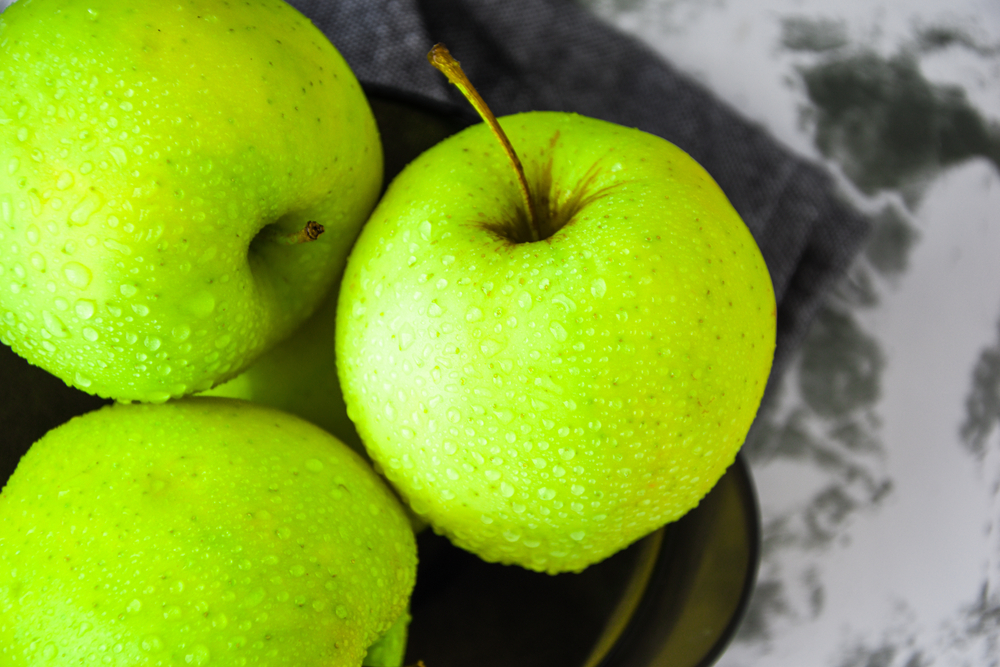
Granny Smith apples consistently rank as the best for baking due to their firm texture and sharp, tart flavor. Their green skin and crisp flesh hold up beautifully under heat, keeping slices intact in pies, tarts, and crisps. The acidity in Granny Smiths balances out sugary fillings, creating desserts with a more rounded flavor. Bakers appreciate how this apple never collapses into mush, making it a dependable choice for nearly every baked recipe.
When combined with cinnamon, nutmeg, and brown sugar, the tart flavor of Granny Smiths becomes pleasantly mellow. They absorb spices without losing their structure, resulting in desserts that have both depth and texture. For anyone who loves a pie with a clean slice and balanced taste, Granny Smiths are the top choice.
Honeycrisp
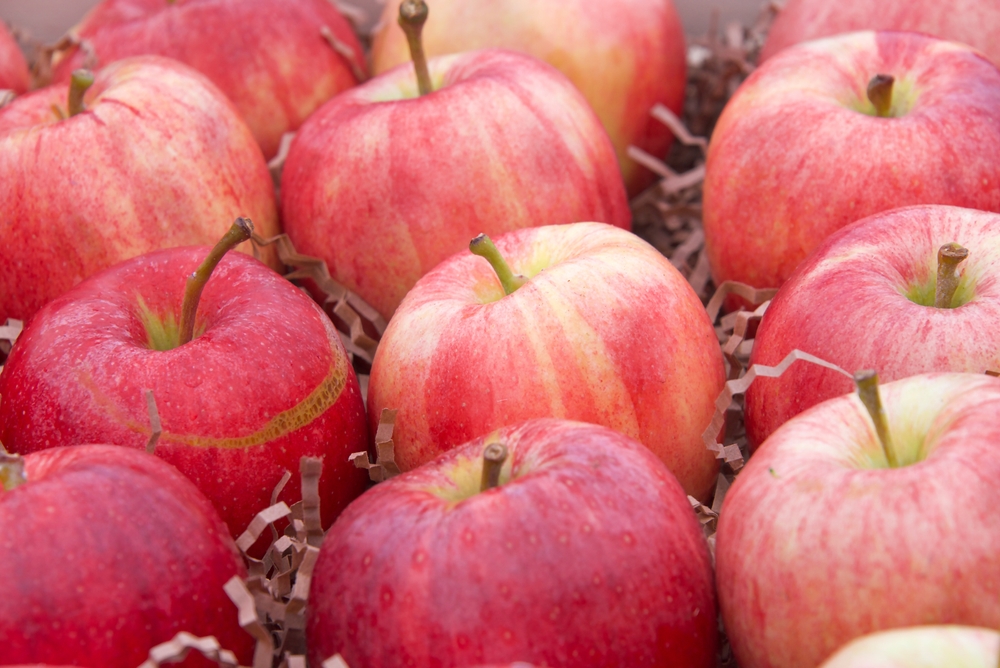
Honeycrisp apples are known for their sweet-tart balance and incredibly crisp texture. When baked, they retain their structure better than most sweet apples, providing desserts with a satisfying bite. Their natural juiciness contributes to a moist filling without turning it watery, which is ideal for pies and galettes. Bakers often combine Honeycrisp with more tart apples for a layered flavor experience.
These apples caramelize beautifully when heated, creating a pleasant mix of sweetness and warmth. Honeycrisp varieties are widely available, making them a favorite among home bakers who want consistent results. Their versatility in both baked goods and fresh eating adds to their popularity in the kitchen.
Empire
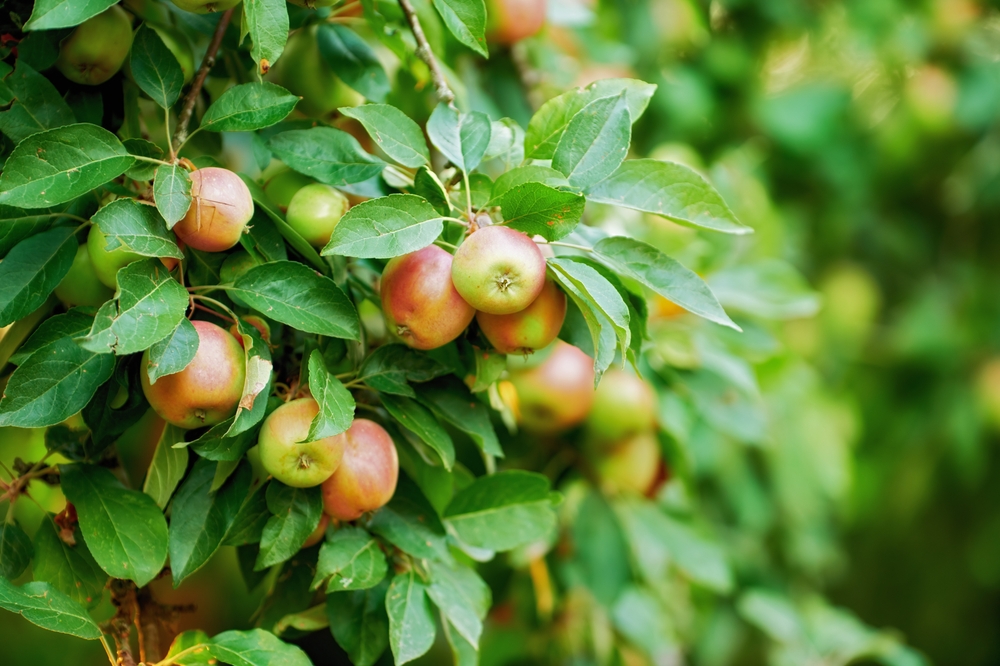
Empire apples, a cross between McIntosh and Red Delicious, are moderately firm with a sweet flavor. They bake into a soft texture that works well for sauces, but not for pies requiring structure. Their mild tartness adds some balance, though the flesh breaks down quickly under heat. For this reason, they are better for quick-baked desserts or fillings.
Their flavor becomes pleasantly aromatic in muffins or turnovers, but lacks the strength for heavily spiced pies. Empire apples are often chosen when freshness is the priority rather than texture. They are a decent option for softer desserts that do not rely on distinct apple slices.
Braeburn
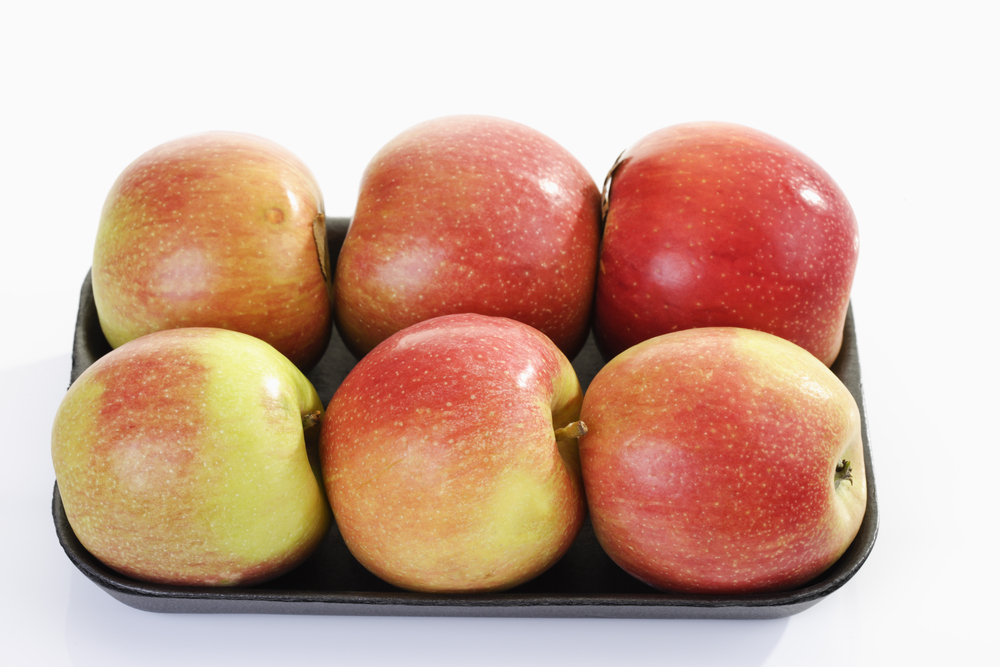
Braeburn apples offer a balance of sweetness and tartness with a firm texture that performs well in the oven. The flavor has a hint of spice that naturally complements classic pie spices like cinnamon and clove. Unlike softer apples, Braeburns do not disintegrate under heat, allowing for perfectly tender slices in every bite. Their medium density makes them a great middle-ground choice for many recipes.
When baked, they develop a pleasant complexity that enhances both rustic and refined desserts. Whether in a French tart or a homestyle crisp, Braeburn apples bring a warm, aromatic flavor that feels comforting. Many bakers choose them when Granny Smiths are unavailable because of their reliable performance.
Jonagold
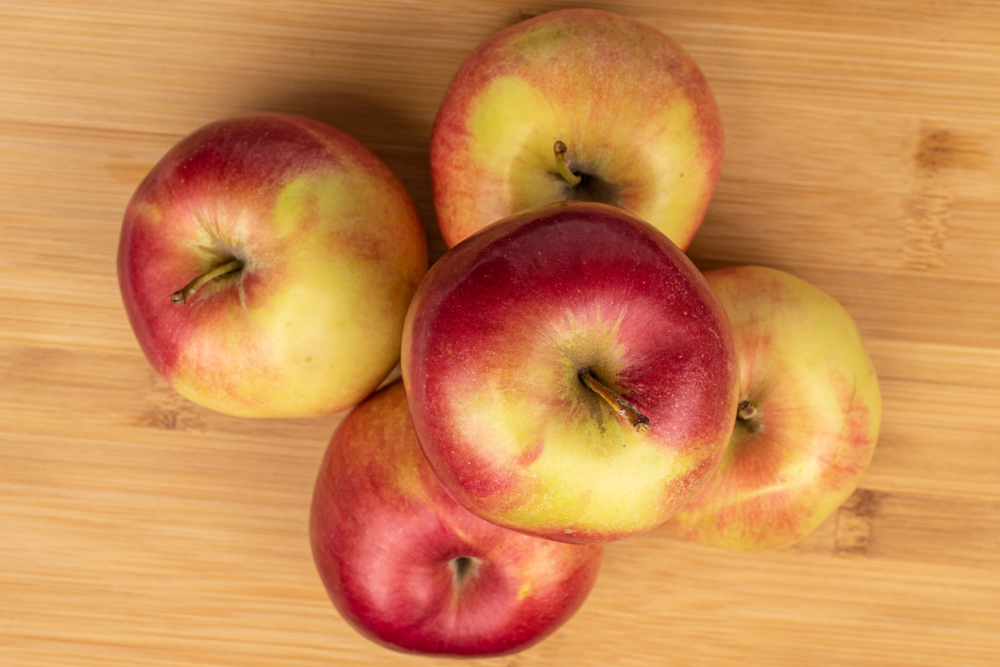
Jonagold apples combine the best qualities of Jonathan and Golden Delicious apples. They offer a slightly tart yet honeyed taste that becomes more pronounced during baking. The flesh is firm enough to maintain shape but tender enough to create a soft texture inside pastries. This variety is especially good for tarts and galettes that require both flavor and structure.
In the oven, Jonagold apples develop a deep sweetness with hints of floral notes. Their golden hue also adds visual appeal to baked goods. Though they may not be as firm as Granny Smiths, they are still one of the best options for those who enjoy a balanced flavor in their apple desserts.
Pink Lady
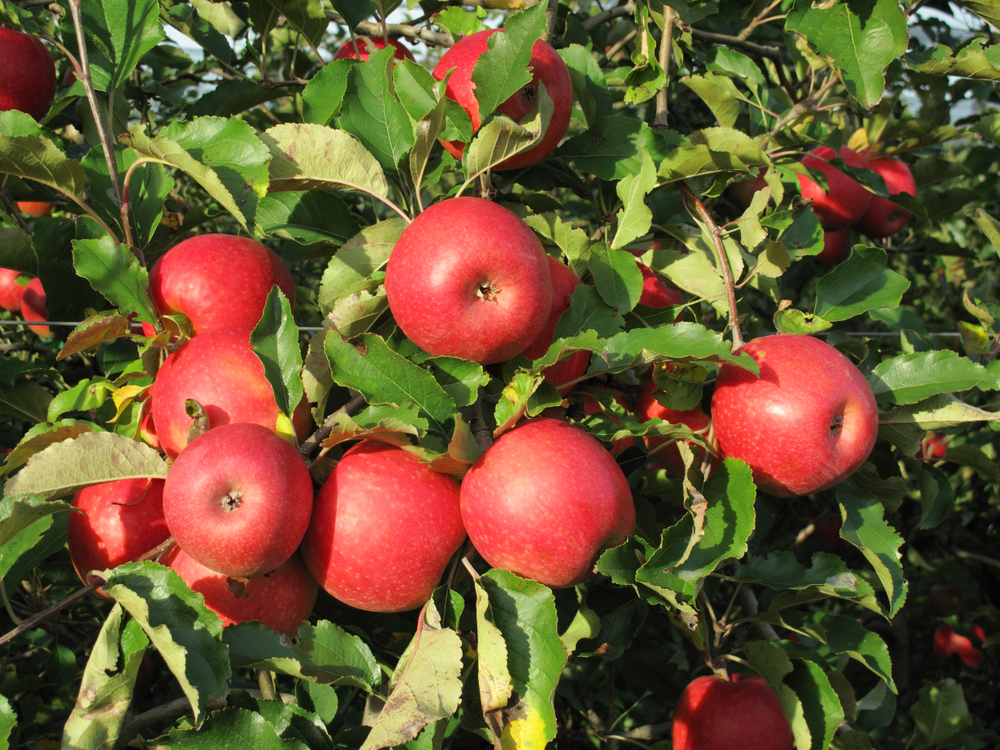
Pink Lady apples, also known as Cripps Pink, are prized for their consistent texture and bright flavor. They have a high sugar content balanced by a noticeable tang, which keeps baked desserts lively and flavorful. Their dense, crisp flesh holds its shape even when baked at high temperatures. This makes them suitable for both sweet and savory dishes.
When baked, they maintain their pinkish hue and release a light floral aroma that adds elegance to pies and tarts. They also blend well with spices, enhancing both color and taste. For those who enjoy an apple dessert with a touch of sophistication, Pink Lady apples are an excellent choice.
Mutsu (Crispin)
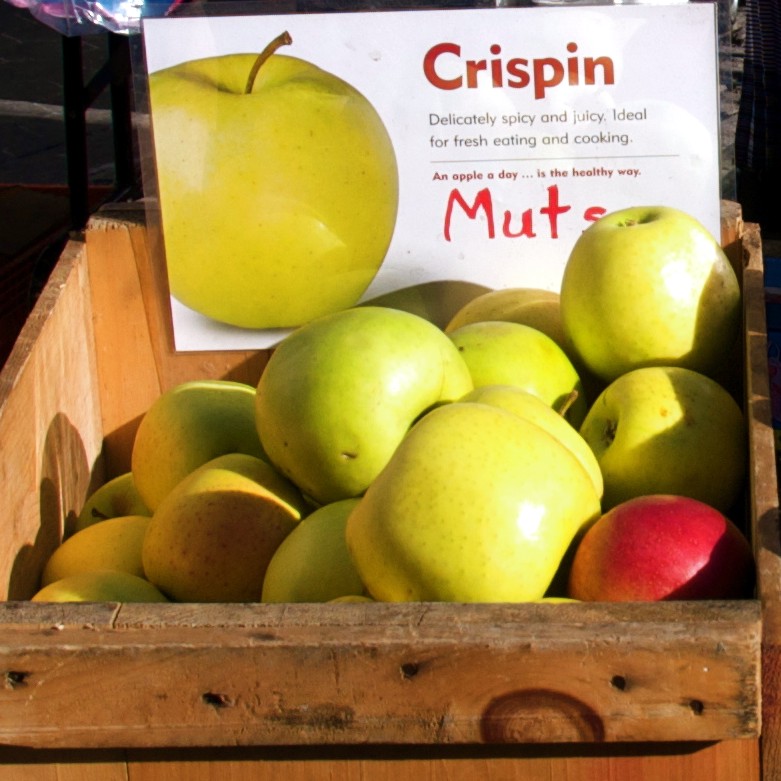
Mutsu apples, often called Crispin, are large and firm with a mildly sweet flavor that develops more depth in the oven. They have a satisfying crunch when raw and become tender without falling apart when baked. Their natural sweetness allows bakers to reduce the amount of sugar in recipes. This variety works well for cobblers and pies that require even slices.
During baking, Mutsu apples take on a light caramel flavor while maintaining their golden color. They have less acidity than Granny Smiths but enough tang to keep desserts from being overly sweet. Their consistent results and pleasant texture make them a steady performer in many recipes.
Winesap
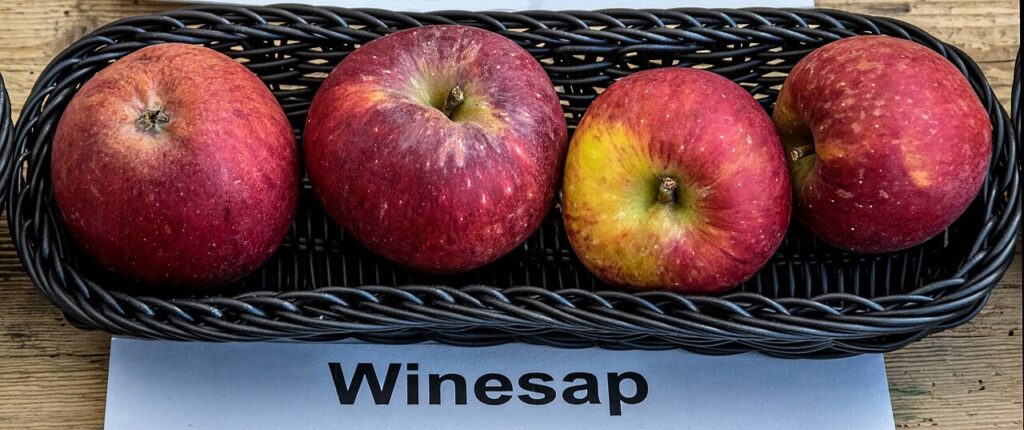
Winesap apples are known for their spicy undertones and firm flesh, making them a good choice for old-fashioned baked desserts. Their deep red skin and aromatic flavor bring a traditional feel to recipes. When baked, Winesap apples hold their form while adding a distinct, slightly wine-like note to fillings. This makes them particularly good for apple cakes and rustic pies.
The natural tartness of Winesap balances heavy spices and sweet sauces beautifully. They also have a nostalgic quality that appeals to those who prefer heirloom varieties. Though they are less common in stores today, their strong baking performance keeps them relevant among enthusiasts.
Golden Delicious
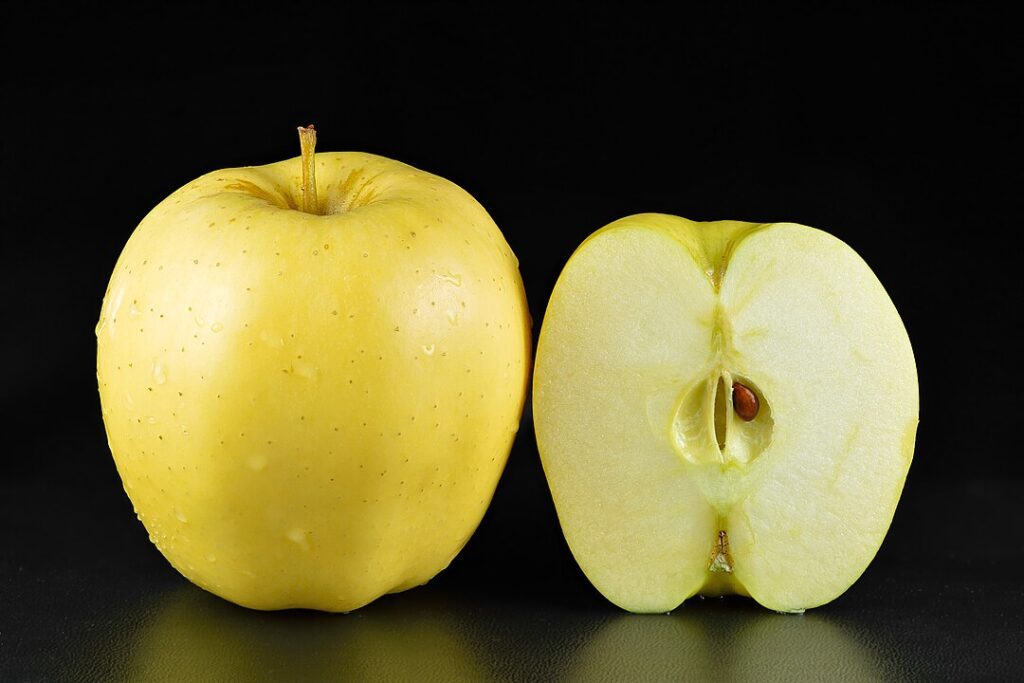
Golden Delicious apples offer a mild sweetness and smooth texture that can work for baking if paired with firmer apples. On their own, they can become slightly soft under heat, though they still contribute a nice flavor. Their sweetness makes them popular for people who prefer a less tart filling. When combined with Granny Smith or Pink Lady apples, the balance of texture and taste improves.
While Golden Delicious apples may not be ideal for pies that require a firm structure, they do shine in crisps or bread puddings. Their mellow flavor allows spices to take center stage while adding gentle sweetness. For simple, comforting desserts, they still hold a respectable place.
Rome Beauty
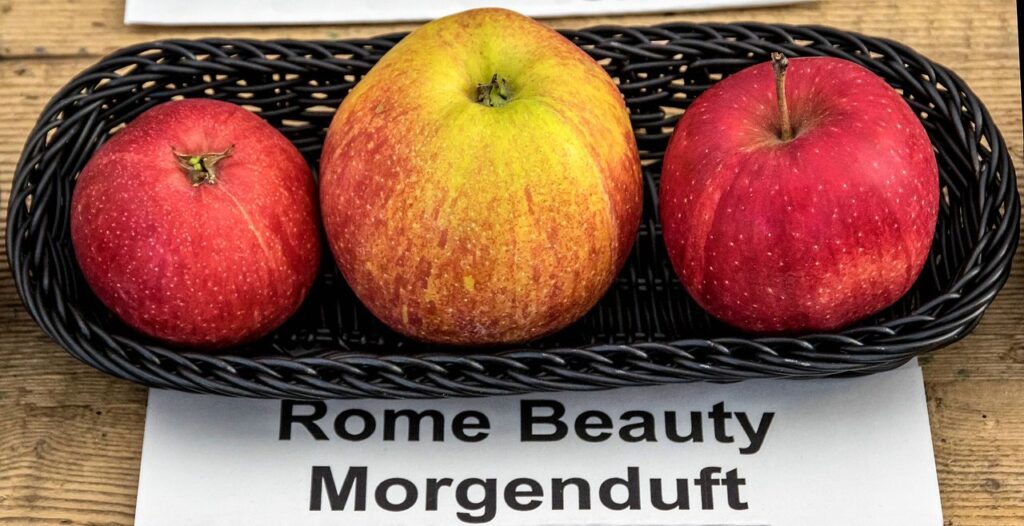
Rome Beauty apples are often called “baker’s apples” due to their slow softening during baking. They are firm and mild in flavor when raw, but develop more depth as they cook. The flesh keeps its shape fairly well, though it can become somewhat dry if not combined with juicier varieties. Their consistent texture makes them a reliable addition to mixed-apple pies.
In baked goods, Rome Beauty apples provide structure and stability without overpowering other ingredients. Their subtle sweetness lets cinnamon and nutmeg stand out. Though not as flavorful as other options, their performance in the oven makes them a practical choice for layered desserts.
Fuji
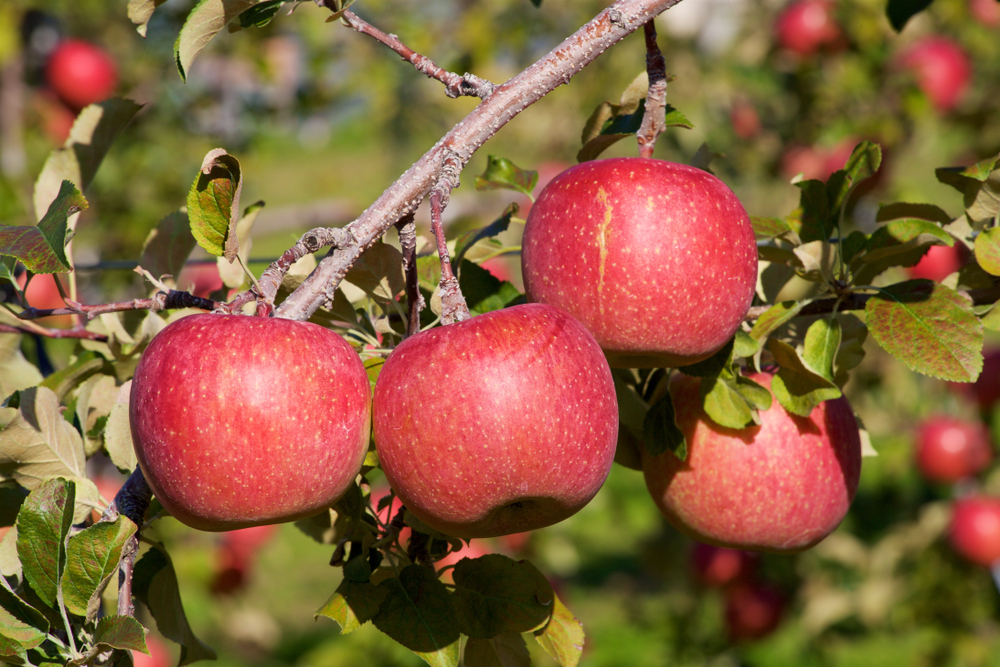
Fuji apples are crisp and very sweet, but their lack of acidity can make desserts taste one-dimensional. When baked, their firm texture softens considerably, and the intense sweetness can overshadow spices. Many bakers mix them with tart apples to balance the flavor. Despite these drawbacks, Fuji apples are widely used due to their availability.
Fuji apples tend to release a lot of juice during baking, which can lead to soggy crusts if not managed properly. However, they still provide a pleasant caramelized flavor when roasted or used in baked fruit dishes. While they are more suited for snacking, they can still play a supporting role in baking.
This article originally appeared on Avocadu.
